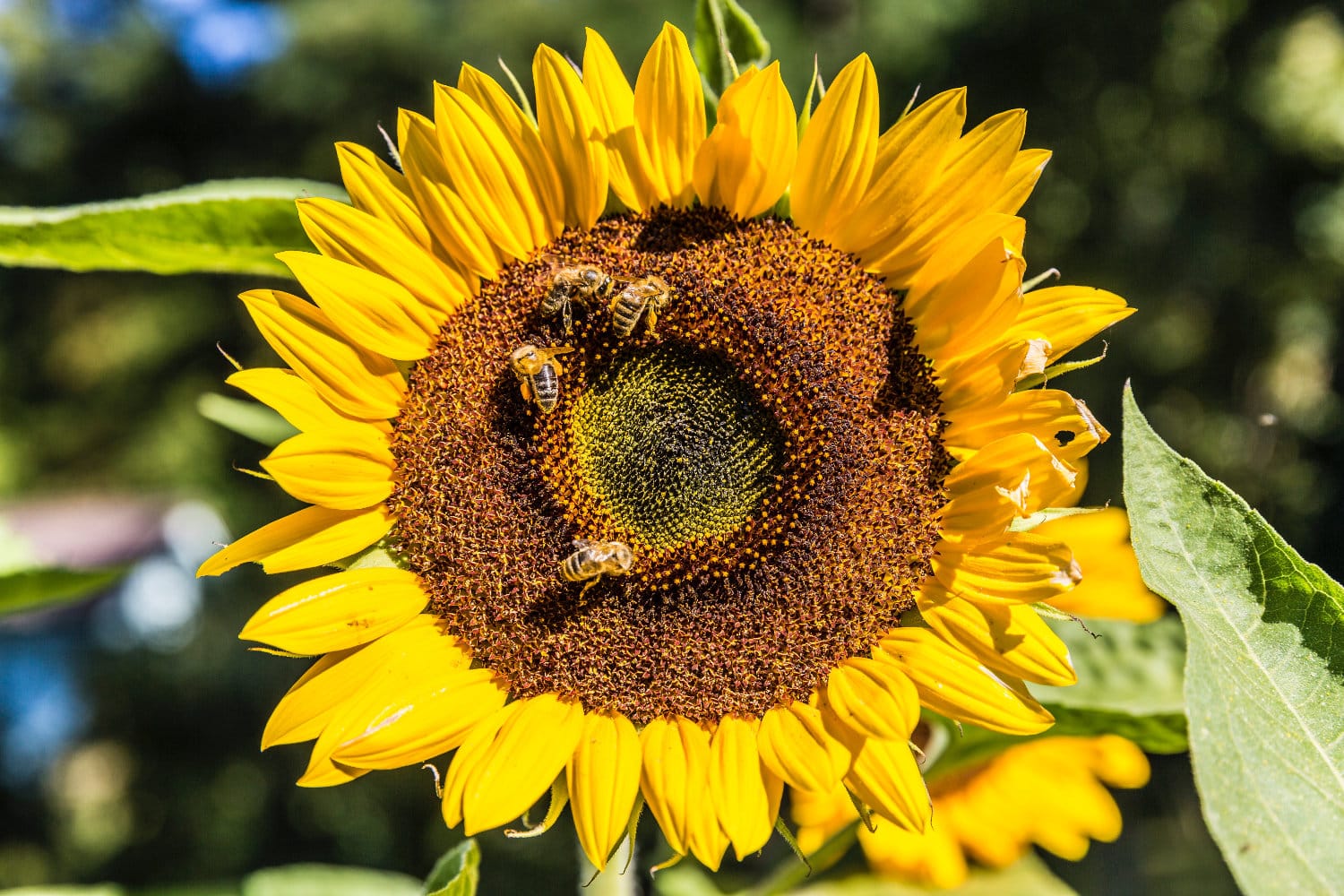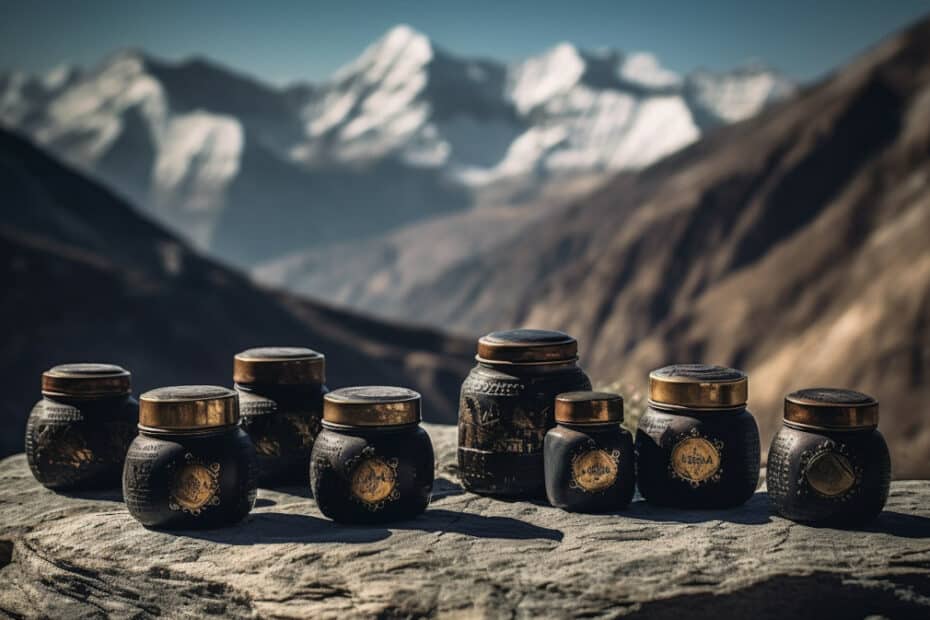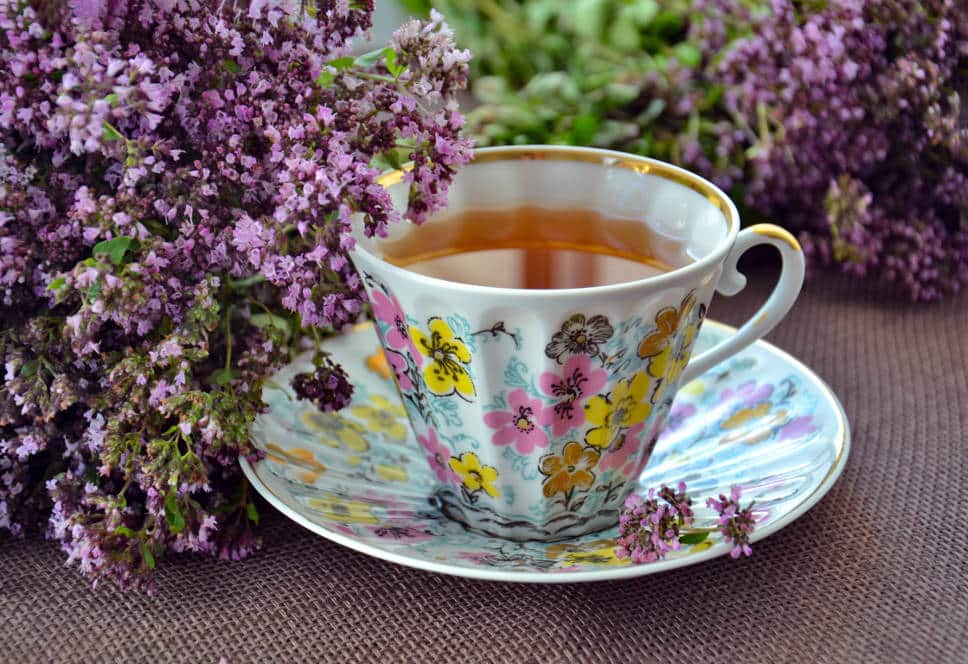FOLK REMEDIES
Explore traditional and natural solutions in our Folk Remedies category. Delve into time-tested herbal treatments and home remedies that support prostate health. Learn how these natural approaches can complement your wellness journey, backed by insights and practical tips.


